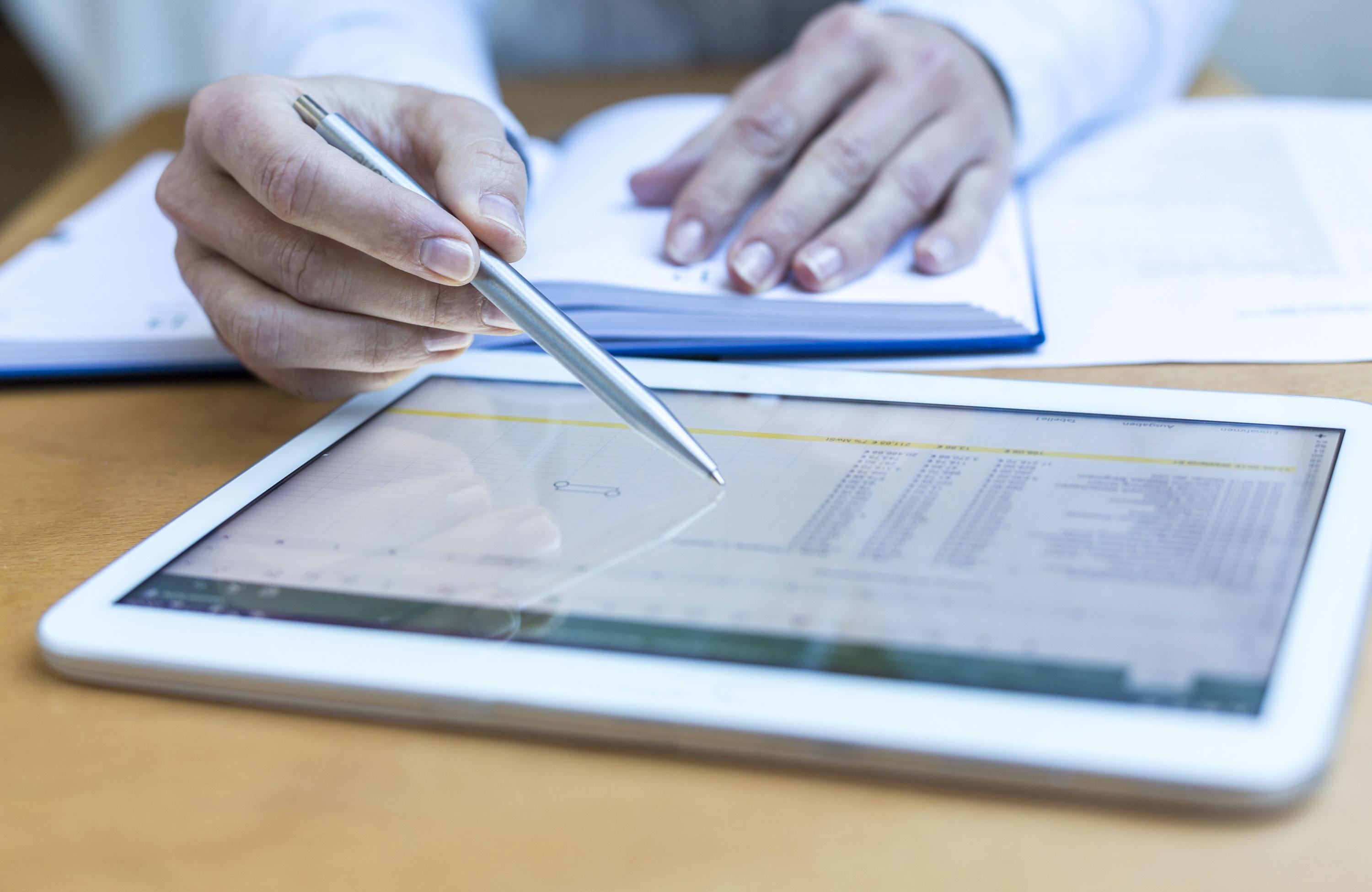A chart of accounts is a list of accounts used to categorise the financial transactions of a business. But if set up with thought it can be one of your most useful tools in analysing your business. Enterprise Resource Planning software, known as ERP Software, can be simply defined as a tranquil system of software applications that are designed to meet the different functional and operational requirements of a large as well as small and medium size business.
A chart of accounts usually consists of – Assets, Liabilities, Equity, Income and Expenses. Some companies segregate their transactions into the additional segments of Cost of Goods Sold, Advertising Costs, General and Administrative Expenses, Other Expenses, Other Income, and Taxes. But by designing your chart of accounts with the financial analysis of your company in mind, you will be able to see just where your profits are coming from and where your expenses need to be examined.
Understanding how Chart of Accounts works.
All Accounts will be listed with individual tabs for your Asset, Liability, Equity, Income, Cost of Sales, Expense and two other for Other Income and Other Expenses.
The Asset account codes relate to assets that your company owns such as the bank account, trade debtors, office equipment, motor vehicles, buildings, etc.
The Liability account codes relate to liabilities that you currently have such as trade creditors, PAYE, bank loans, GST, credit cards, etc.
The Equity account codes are the summary of both the Asset and Liability codes and are also where you record the shareholder’s drawings and any funds that are introduced by the shareholder or owner.
The Asset, Liability, and Equity accounts are Balance Sheet items and other than using common codes like PAYE or GST payments/refunds codes, should be discussed with your accountant or senior accounts person before being used.
The Income accounts codes are codes relating to your sales and income. You may have one code
Usually, ERP software acts as the main software system for all areas and has the ability to make the most of the efficiency and update the flow of information across an organisation. Undoubtedly, today ERP software can help an organisation in combine all of the information and processes into a single integrated system.
The vital role of Enterprise Resource Planning software is to arrange all important management functions such as customer relations, human resources, purchases, production, accounting, and finance.
Key features of ERP software.
1. Creation of Master data: The key features of ERP software include the creation of Master data that is the central repository of information that connects all of the related modules in the Enterprise Resource Planning software. The main advantage of ERP software is that it allows an organisation to maintain master lists of all the customers and the vendors of the company, products of the company, chart of accounts list, and the employee information and equipment information that company possesses. All these data are referred as master data as they do not alter often like the everyday transaction data. Maintaining master data in the ERP software can be created centrally by a single department, so chances of duplication of any entry can be eliminated.
2. Security: Another advantage of ERP software is that this software ensures the security of critical information by using permissions feature so that users can be given the access when they need.
3. Transaction entries: Record of the day to day transaction entries is one of the key features of ERP software. All Enterprise Resource Planning software allow recording of everyday activities in a company. These activities are nothing more than business processes and for each business process, certain information is recorded. Transaction information is dynamic information.
4. Data Management: The features and advantages of ERP software include data management. Enterprise Resource Planning support centralized data management.
5. Link between different transactions: Many times transactions have to be allied to other transactions. The key features of ERP software also include this feature of making the link between different transactions. It is also one of the advantages of ERP software.
6. Flexible: ERP allows users to add in their own Chart of Accounts. Assign your own unique COA number for specific types.
7. Customise: IN ERP users can split there the chart of accounts into many sections. They can add Customers, Suppliers, Government Bodies (TAX/EI etc) and general accounts such as Materials Purchased, Fuel, IT Equipment and so on.
8. Reporting: the ERP software is capable of generating reports such as General Ledger, Balance sheet, Trial balance, Stock Ledger, etc. by drawing data from various data files. It is also one of the key features of ERP software.
10. Emailing: One of the key features of ERP software is emailing of quotes, orders, invoices, notifications and receivables to appropriate destinations.
11. Business intelligence: As ERP software gathers huge amounts of information; managements may desire to generate Business intelligence from such information. Many ERP vendors integrate business intelligence tools in their products and sometimes the third party Business intelligence tools are required to be purchased.




